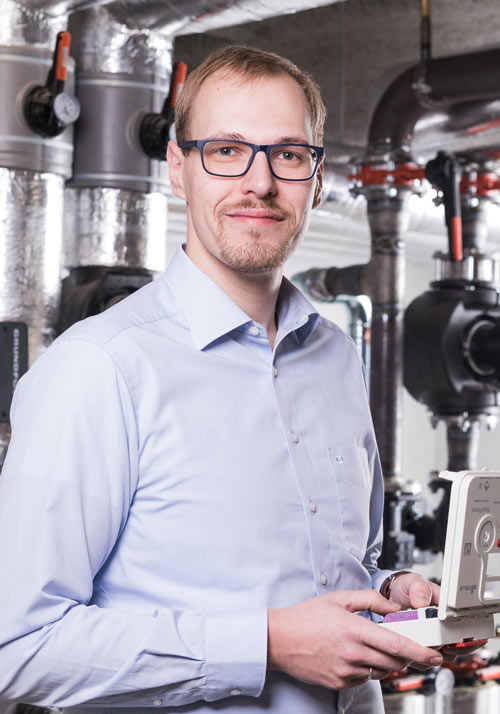CHPCombined heat and power plants (CHP) generate electricity and heat - directly from the consumer. This saves energy losses due to transportation and increases the overall level of energy use.
A combined heat and power unit (CHP) is a machine based on combined heat and power (CHP) - it is used to generate both electrical energy and heat. CHP units are usually powered by an internal combustion engine or a gas turbine.
How power generation works in a CHP unit
A generator converts kinetic energy into electrical energy - just like a conventional power plant. This produces heat, which is tapped at various points. When the gas is burnt, for example, the engine heats up and has to be cooled. The exhaust gases also contain thermal energy, which is transferred to the cooling circuit via a heat exchanger. The coolant heated by these stations can now sensibly release the absorbed thermal energy to the heat circuit.
Compared to competing systems such as wind power and photovoltaics, the CHP is available at any time and for different load requirements, regardless of weather conditions. One disadvantage: flexible operation increases material wear. There should therefore also be a heat storage system or a refrigeration system (combined heat, power and cooling) in order to make good use of both forms of energy generated at the same time. In addition, the existing energy sinks should be analysed very carefully during planning. This is how the CHP unit is optimally designed.
Are you interested in this topic? We plan and implement CHP projects. We also calculate the economic efficiency in detail.
